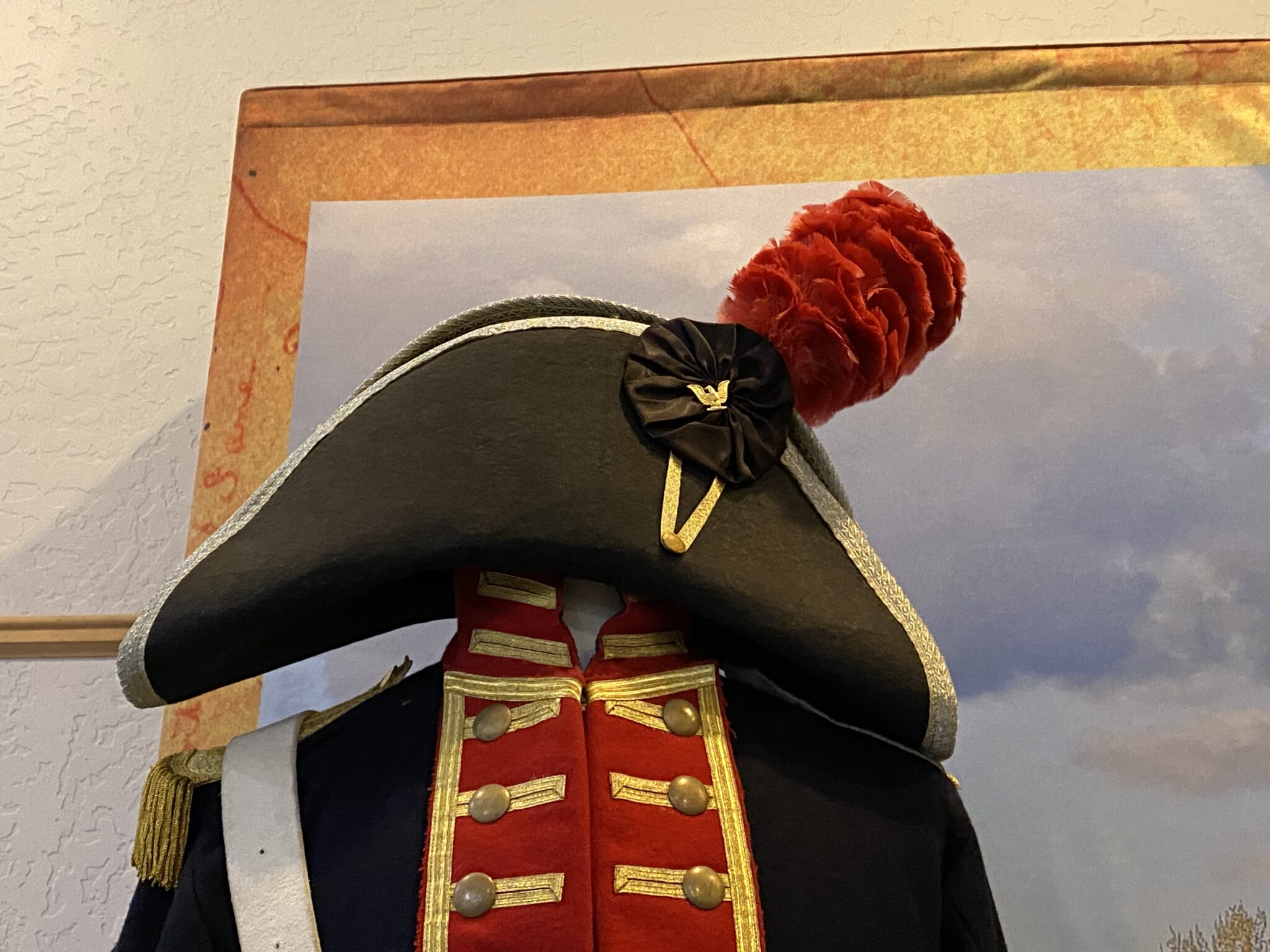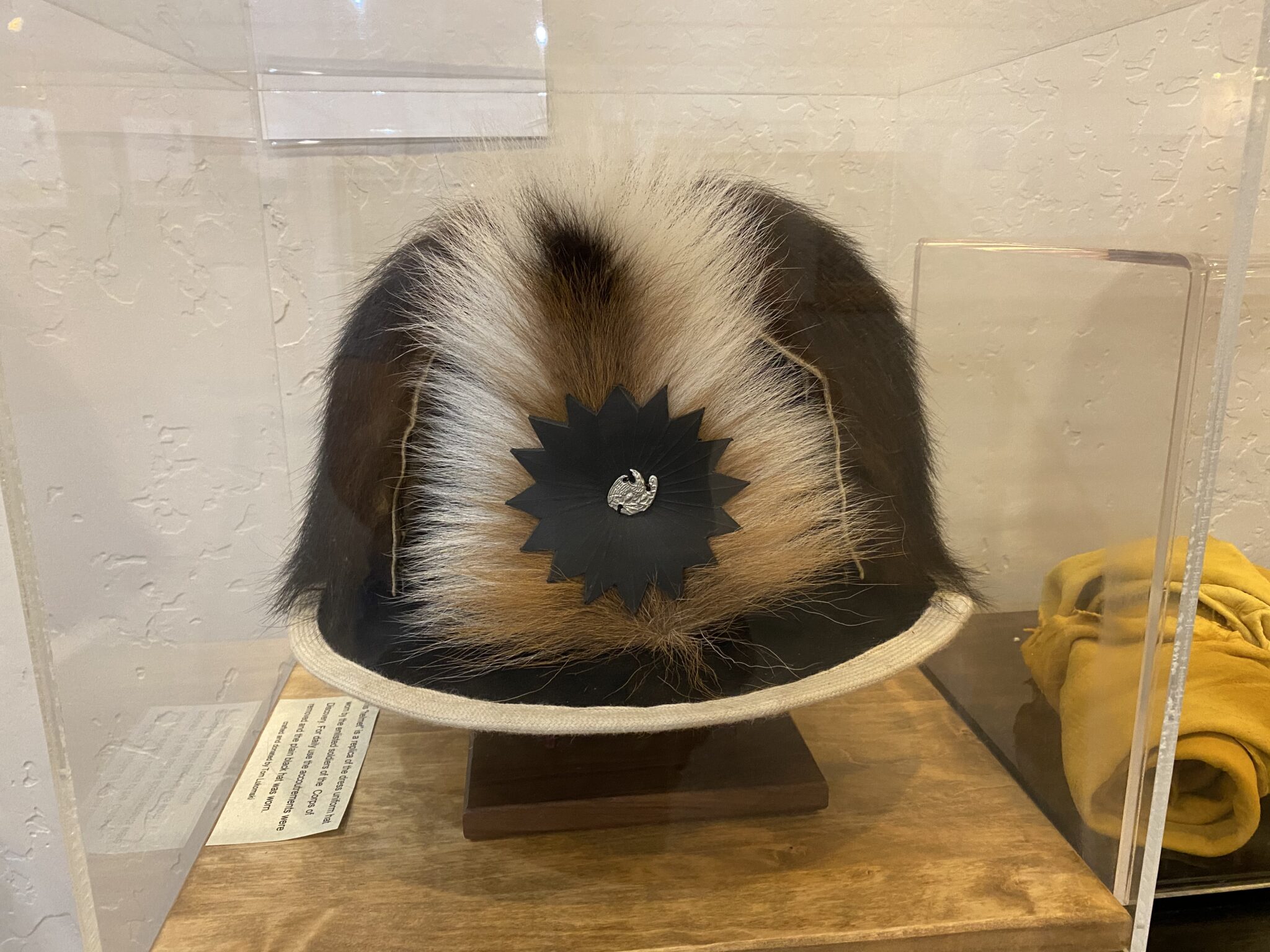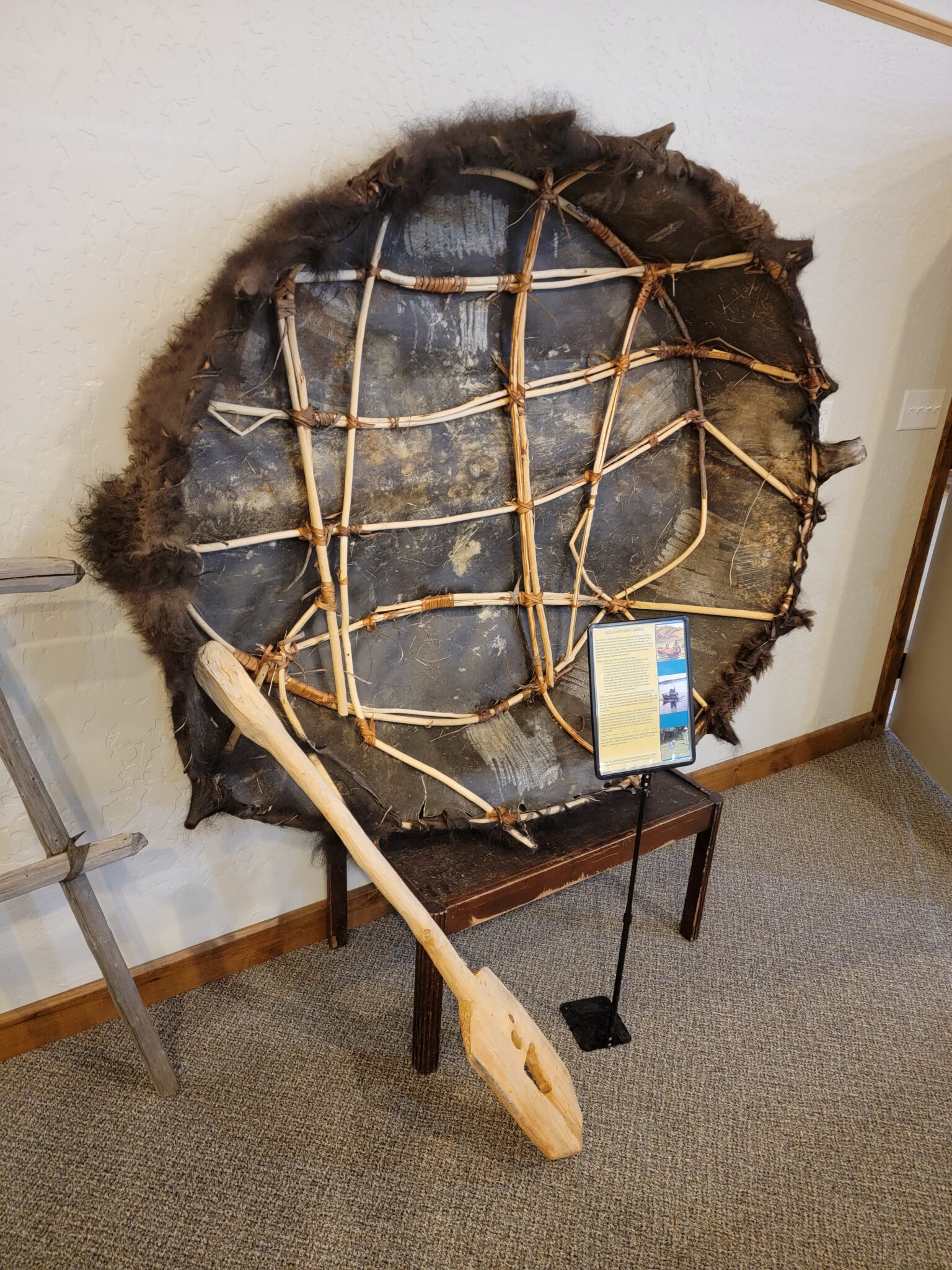August 2, 2021
The Lewis and Clark expedition stopped September 9-11, 1805 to rest before crossing the Bitterroot Mountains. They called their camp Travelers Rest. It was in the homelands of the Salish and Kalispel people and was a hub in a network of trade, travel and culture. Shoshone and Salish natives shared food, knowledge of local geography, and horses with the expedition. Lewis and Clark stopped again June 30-July 3, 1806 on their way back to St. Louis.

Travelers Rest is the only archaeologically verified campsite of the expedition. Three discoveries support this designation: Evidence of fire hearths, lead, and trench latrines. The location of fire hearths were ascertained by examining places where magnetic fields had been altered by heat.

Lead fragments found in the hearth area indicate where expedition members would have melted and poured lead into bullet molds.
Latrines would have been placed according to military regulations of the time so researchers had some idea where to look for evidence of the latrines. Besides a concentration of organic material, researchers detected elevated levels of mercury which they concluded were from laxatives given to two soldiers. Dr. Rush’s Bilious Pills contained salts of mercury.
Researchers have determined that several trees were standing when the expedition visited.

An exhibit features a collection of native work.

Another exhibit includes reproductions of clothing and equipment used by the expedition.











0 Comments